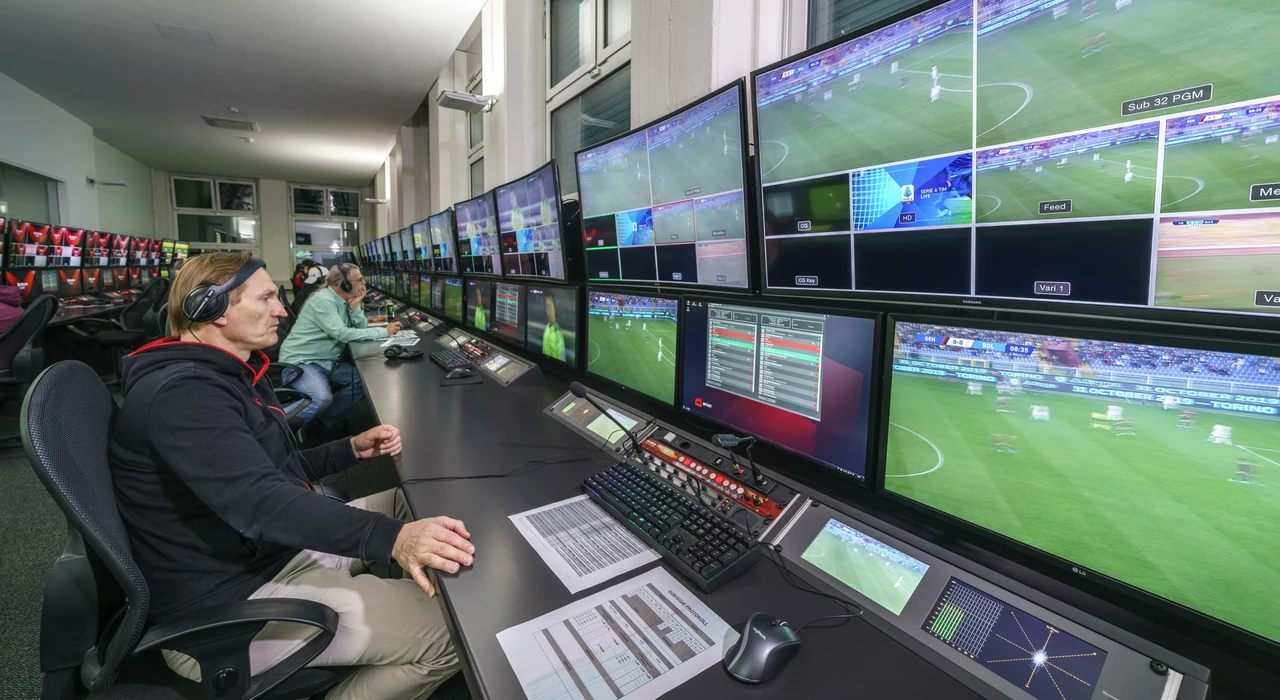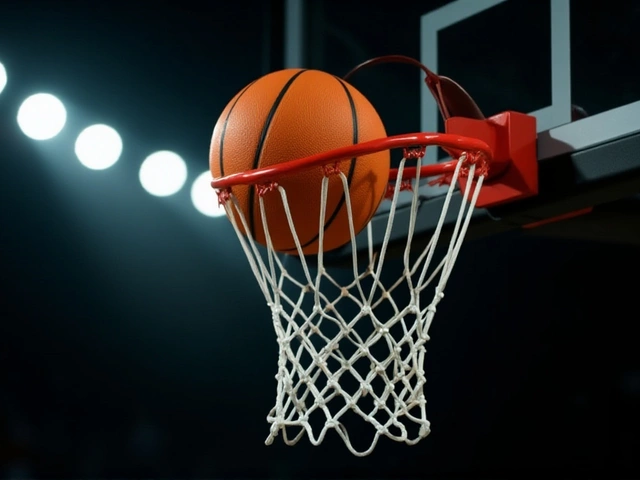Live Sports Broadcast: How to Stream and Watch Real‑Time Action
If you love catching a game as it happens, you need a solid live sports broadcast setup. Whether you’re planning to launch your own streaming service or just want the best way to watch the next BMX race, the basics are the same: reliable tech, legal rights, and a smooth viewer experience.
Quick start guide for running a web‑based live sports stream
First, secure the streaming rights. No rights, no stream – period. Contact the league or event organizer and lock down a license that matches the regions you want to cover. Once you have the rights, choose a cloud video platform that offers low‑latency streaming. Services like AWS Elemental, Azure Media Services, or specialized sports platforms can handle the heavy lift of encoding and delivering video to thousands of viewers.
Next, set up your encoding hardware. A dedicated GPU‑enabled server or a high‑end PC with an OBS (Open Broadcaster Software) setup works for most small‑to‑medium projects. Connect your camera feed, add graphics for scores and branding, and configure a bitrate that balances quality and bandwidth – 4500‑6000 kbps for 1080p is a good starting point.
After encoding, push the stream to a CDN (Content Delivery Network). The CDN caches your video at edge locations worldwide, keeping playback smooth even when thousands tune in at once. Test the whole chain – from camera to viewer – on different devices (phone, tablet, desktop) before going live.
Best ways to watch live sports without the hassle
Not everyone wants to run a stream, but you still want a reliable way to watch. Look for platforms that already have the rights: official league apps, sports‑focused OTT services, or even free channels that carry local events. Most of these services let you choose quality settings, so you can save data on a mobile connection or go full‑HD on home Wi‑Fi.
Check if the broadcaster offers a “watch‑party” feature. It syncs the video for multiple viewers, so you can chat with friends while the action unfolds. Some apps also let you rewind a few minutes – handy when you miss a play.
Finally, keep an eye on your internet speed. A stable 10 Mbps connection is enough for a smooth 1080p stream, while 4 Mbps will still deliver a watchable 720p feed. If your connection is spotty, switch to a lower bitrate or use a wired Ethernet link instead of Wi‑Fi.
Live sports broadcast doesn’t have to be complicated. Secure the rights, choose the right tech, test everything, and you’ll be ready to stream or watch any event without missing a beat. Got more questions? Drop a comment – we’re happy to help you get the most out of every live game.

How many people are needed to air a live sports broadcast?
- Date: 5 May 2023
- Categories:
- Author: Declan Rutherford
I recently looked into the fascinating world of live sports broadcasting and discovered that it takes a whole team of dedicated professionals to bring the action to our screens. From camera operators and commentators to producers and directors, it's estimated that upwards of 30 people work together to ensure a seamless broadcast. Of course, this number can vary depending on the scale and complexity of the event. It's incredible to think about the level of coordination and skill required for such a production, and it definitely gives me a newfound appreciation for the hard work that goes on behind the scenes in live sports coverage.




